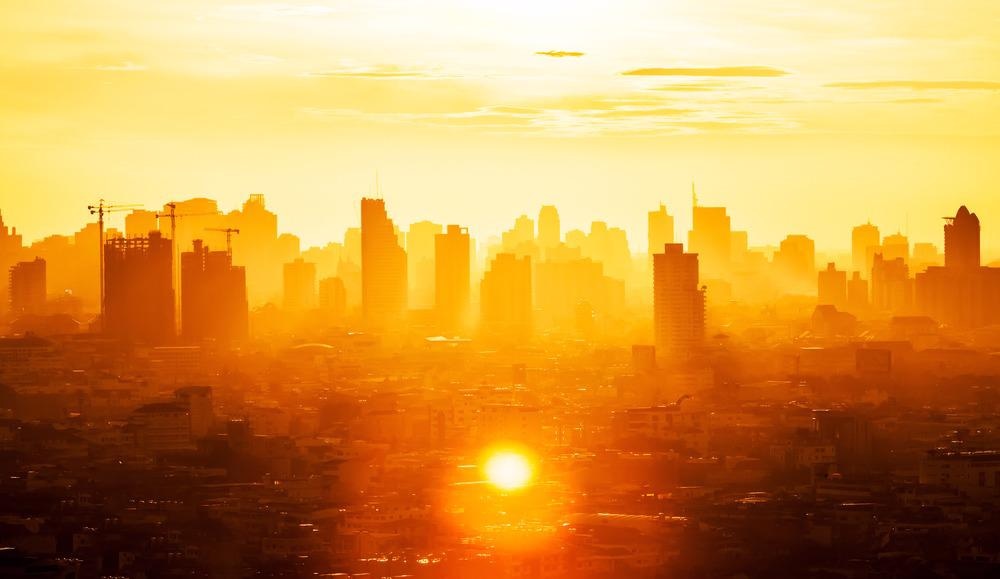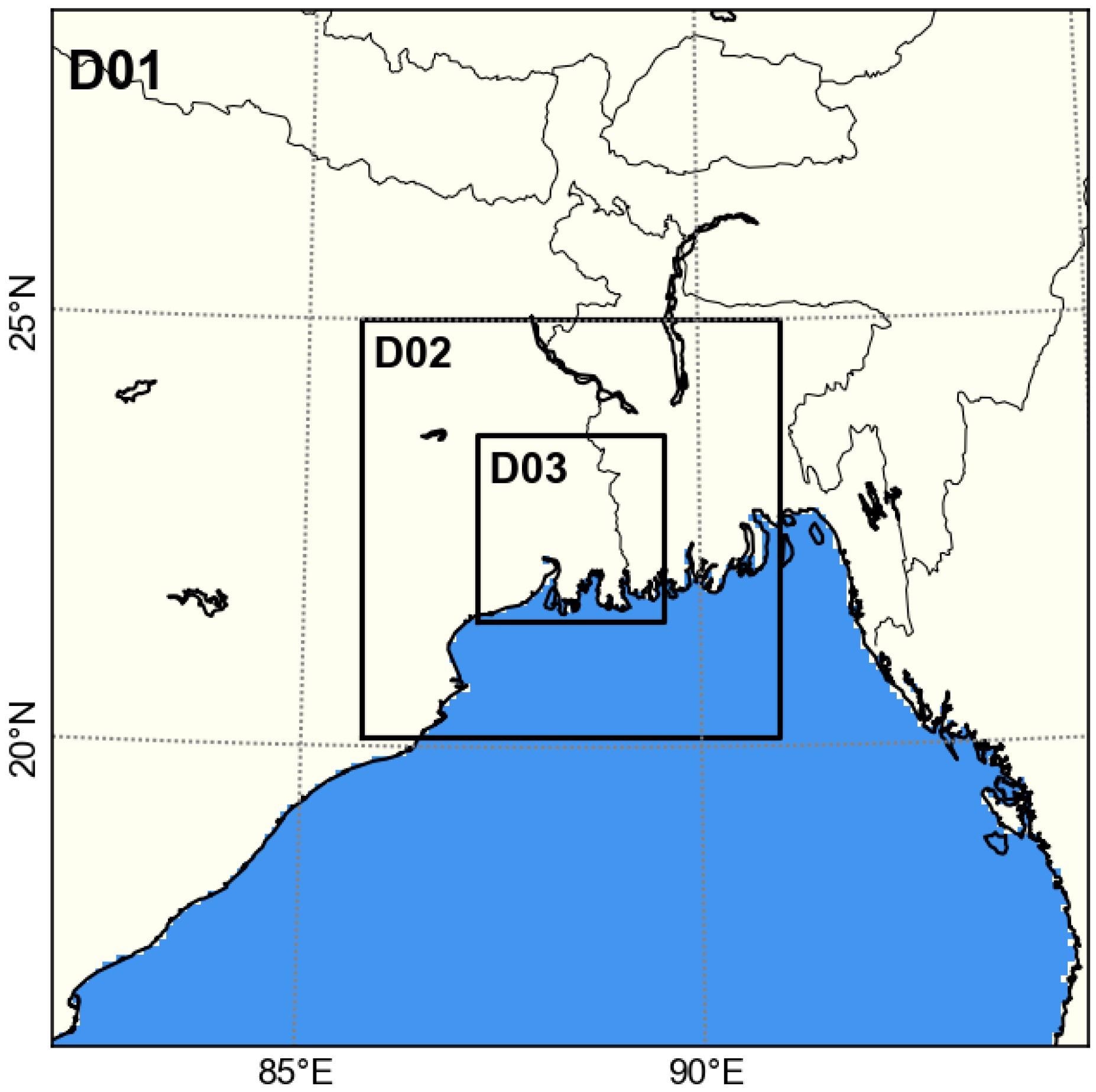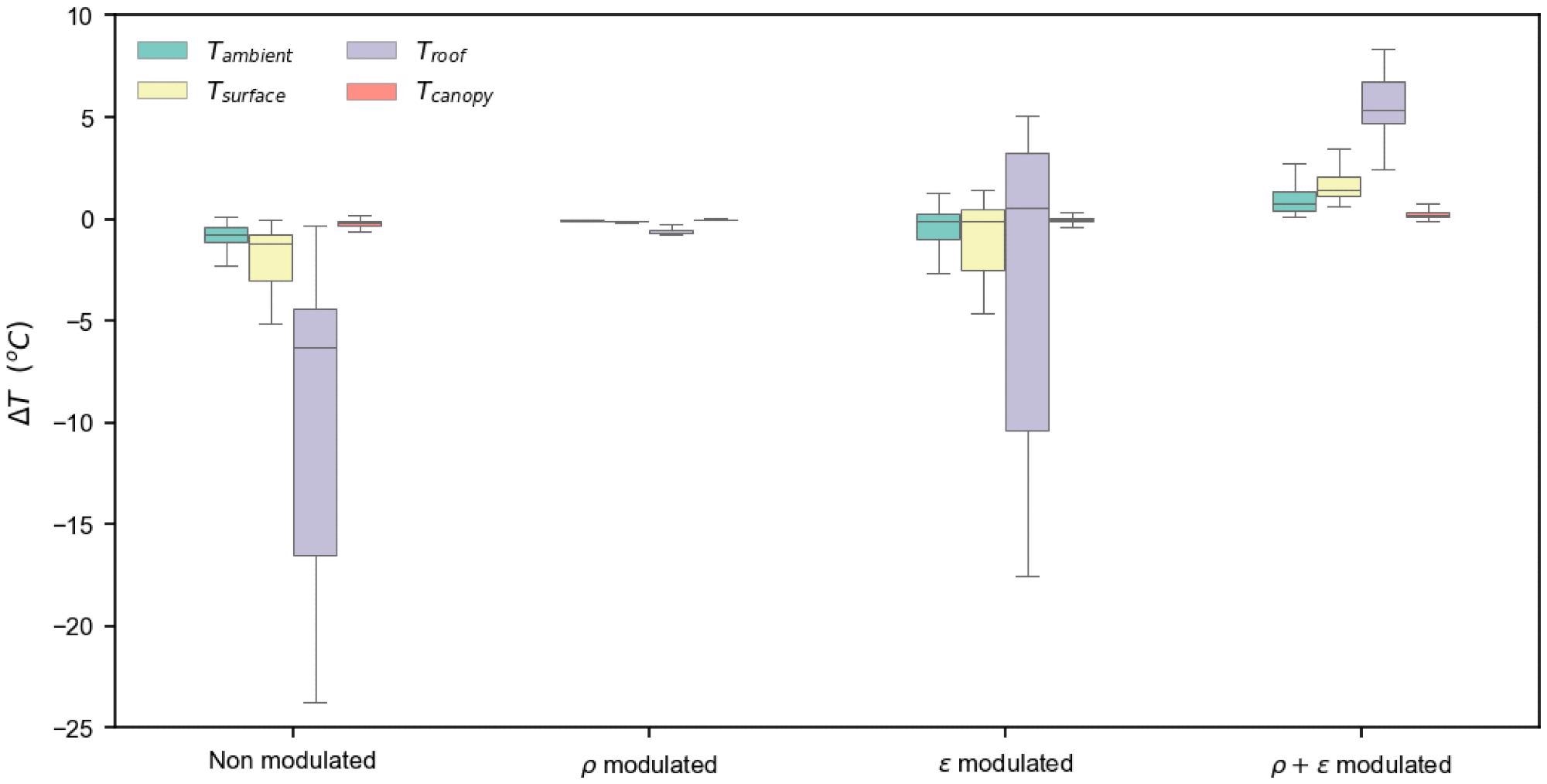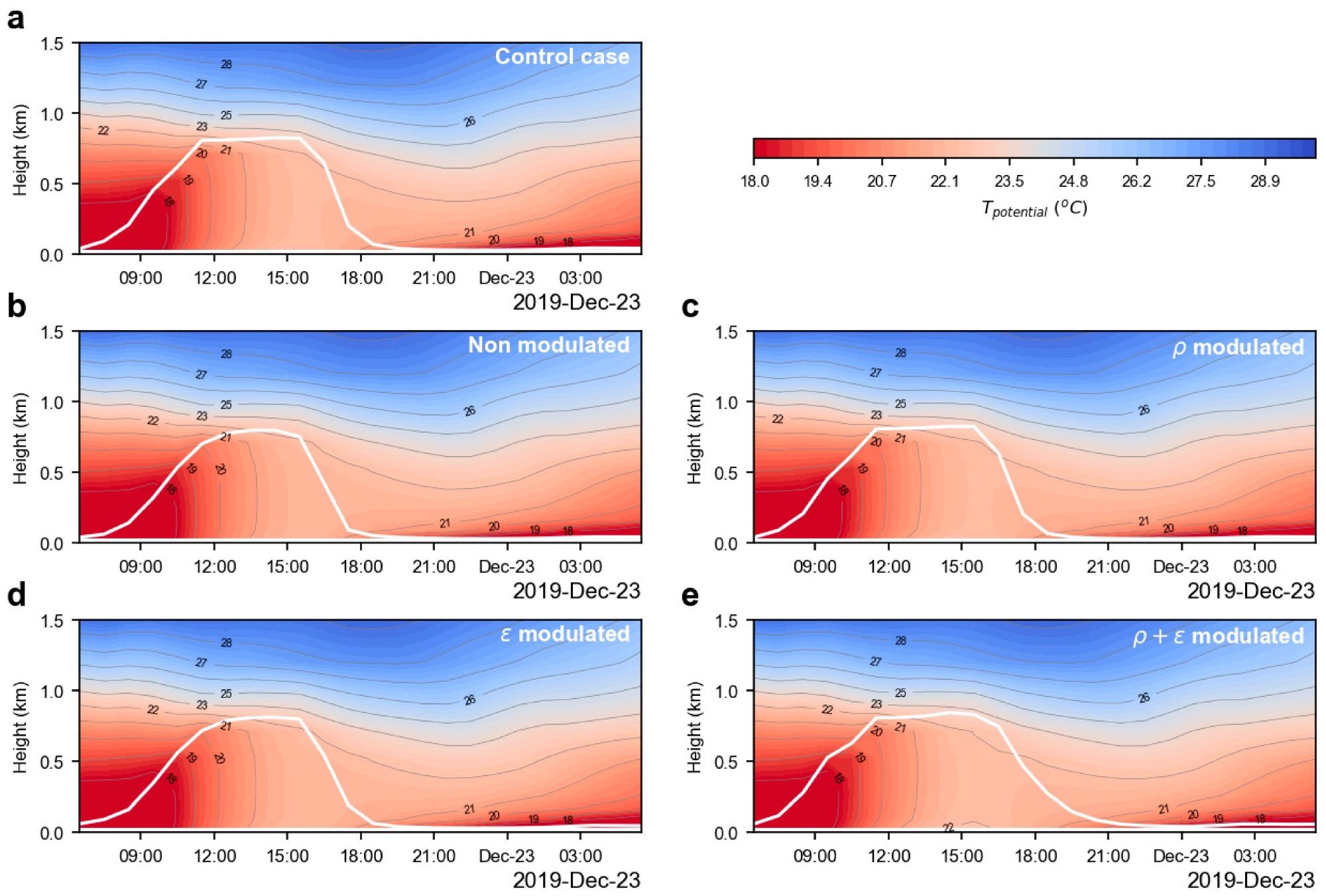Amongst proposed technological solutions to this issue, broadband PDRC (passive daytime radiative cooling materials) have emerged as candidates for keeping cities cool in hotter months, although there are challenges with overcooling in winter months. A paper published in Sustainability has assessed city-scale strategies to overcome this key issue.

Study: Optically Modulated Passive Broadband Daytime Radiative Cooling Materials Can Cool Cities in Summer and Heat Cities in Winter. Image Credit: TWStock/Shutterstock.com
Urban Temperature Rise
Extreme heat is a pressing problem in many urban areas, especially during the summer months.
Climate change is an urgent existential issue that faces human society in the 21st century. It has been driven by human activity, urban growth, and increasing industrialization. Aside from the damage it causes to fragile ecosystems, climate change has a profound effect on urban areas, causing elevated temperatures in hotter months that lead to health problems, fatalities, elevated energy use, and increased pollutant concentration.

The WRF model configuration showing three domains. The parent domain, D01, has a horizontal grid spacing of 18 km, D02 with 6km grid spacing, and D03 indicates the inner domain of the area of interest which encompasses high-density urban of Kolkata metropolitan area (KMA) and has a grid spacing of 2 km. Image Credit: Khan, A et al., Sustainability
Nearly 25% of the global population is exposed to deadly temperature rises in urban areas. Commonly used materials in cities such as concrete and asphalt, alongside scarce vegetation, contribute to extreme temperatures. In recent years, deadly heatwaves have been increasing in frequency. Since the 1980s the number of days annually where populations are exposed to extreme heat and humidity has tripled.
Extreme urban heat is a phenomenon that has been extensively documented in 450 cities across the world, and the magnitude of the phenomenon could be as high as 10oC. Extreme temperatures in urban areas and the impact on inhabitants is a key concern for many governments worldwide.
Mitigating Extreme Urban Heat
To mitigate the effect of this phenomenon, several strategies have been implemented by city planners and governments. Urban design is a strategy that plays a vital role in this. Street orientation and geometry affect the access of sunlight and channels airflow through urban canyons, affecting the thermal comfort of inhabitants. Tall buildings can provide much-needed shade when temperatures are at their peak. Orientation of buildings and spaces is important.

The temperature boxplots of the urban environment variables (hourly) over a high-density urban area where PDRC materials are deployed for D03. Results of 24 h × 169 points from scenarios (non-modulated and modulated PDRC materials) minus the control case (ΔT), for Tambient, Troof, Tsurface, and Tcanopy. These temperatures were calculated using the energy budget on each facet’s canyon surface (roof, wall, and ground) and their influence on heat fluxes. Image Credit: Khan, A et al., Sustainability
Technological strategies to mitigate extreme urban heating include evaporative systems, biophilic design and green infrastructure, and advanced materials. Advanced materials include chromic, fluorescent, reflective, and photonic coatings. Studies have demonstrated that these significantly reduce the impact of heating in urban areas.
PDRC Materials
PDRC materials possess advantageous properties that make them suited for this purpose. These properties (high reflectance in the solar spectrum and enhanced emissivity values in the atmospheric window) give PDRCs sub-ambient surface temperatures when exposed to sunlight. Installing these materials on buildings helps to meet cooling load requirements during peak hours. Over the past decade, research into these advanced materials has grown exponentially.
However, the development process of these materials is complex. Recent studies have concentrated on concerns with climate adequation, active vs. passive applications, cost, tunability, scalability, material development, and the overcooling penalty. Recently, polymer-based materials have garnered interest due to their cost competitiveness, ability to be mass-manufactured, and applicability to large systems. Paints and films have been evaluated in the field, with varying results.
There are two types of PDRC material: Broadband and wavelength-selective emitters. Whilst it is generally accepted that wavelength-selective emitters possess the best cooling performance under a variety of climates, broadband emitters perform better under certain conditions. These are when the material is warmer than the ambient air and when the surface temperature is in a specific temperature range, depending on the climate. For large-scale applications, the development of broadband PDRC materials is advantageous.
The Study
Current studies on PDRC materials have been conducted at locations with high sky window factors and are not affected by solar radiation from surrounding buildings. Thus, they do not reflect urban conditions and overestimate the cooling effect. The study in Sustainability has investigated city-wide simulations of broadband PDRC material cooling performance and overcooling potential.

The changes in potential temperature over time in a city. The potential temperature during a diurnal cycle can assess the effects of the cooling of PDRC materials on boundary layer stability. The potential temperature remains constant when a parcel experiences an adiabatic pressure shift. The dry, static stability of the atmosphere is determined by the vertical gradient of the potential temperature. During the peak hour, the convective boundary layer grew the fastest and progressively balanced in the lower atmosphere with the (a) CTRL compared to the (b) non-modulated, (c) ρ-modulated, (d) ε-modulated, and the (e) ρ+ε-modulated PDRC materials. The modulated PDRC materials do not significantly affect the PBL height (white line) and vertical wind speeds during the winter season. As a result of this phenomenon, normal vertical convective mixing and a typical PBL height were possible. In other words, the PBL quickly reduces after sunset due to a decrease in thermals rising from the surface. Image Credit: Khan, A et al., Sustainability
Standard PDRCs were evaluated alongside three other PDRC materials. These additional materials had modulated emissivity, reflectivity, and both emissivity and reflectivity. Scenarios were run using a mesoscale climate model.
Four main conclusions were reached by the study. Firstly, modulating solar emissivity or reflectance has an insignificant mitigation potential for the material’s overcooling potential in both daytime and night-time. Secondly, the daily maximum latent heat of the materials and the daily maximum heat storage of the materials was increased by modulating emissivity and reflectivity.
Thirdly, modulation of the PDRC materials caused a positive energy balance during the winter months. Finally, by optically modulating these materials, excellent heat mitigation during the summer months without an associated overcooling potential during winter is provided.
The authors have identified future opportunities for work in developing and integrating modulation technologies into PDRC materials. Additionally, they have identified the cost and scaling challenges, as well as durability and tunability requirements for the large-scale implementation of these materials in urban areas. However, they have predicted that these materials will soon enter the market, providing significant benefits for reducing extreme urban heat with little overcooling penalty during colder months.
Further Reading
Khan, A et al. (2022) Optically Modulated Passive Broadband Daytime Radiative Cooling Materials Can Cool Cities in Summer and Heat Cities in Winter [online] Sustainability 14(3) 1110 | mdpi.com. Available at: https://www.mdpi.com/2071-1050/14/3/1110
Disclaimer: The views expressed here are those of the author expressed in their private capacity and do not necessarily represent the views of AZoM.com Limited T/A AZoNetwork the owner and operator of this website. This disclaimer forms part of the Terms and conditions of use of this website.